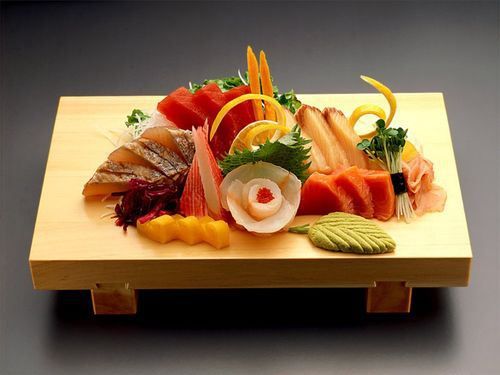For those of you who are looking for a food menu that is suitable for a diet, Japanese traditional food can also be included in your menu list, you know!
The reason, quoted from the page, Savvytokyo, the addition of healthy alternative foods to improve nutrition in this time of the pandemic as well as to eliminate toxins from ready-to-eat food is urgently needed. One of them is the traditional Japanese food menu as a meal that meets balanced nutrition for your diet.
Nah, anything, hmm traditional Japanese food that is suitable for your diet menu? Check it out below, of!
Bayam Ohitashi / Spinach Salad
Spinach salad menu can be served with bonito flakes, sesame seeds, and a little sesame seed sauce. But you can also replace the sesame seed dressing with soy sauce or salad dressing.
You can also replace it with lemon juice or without using sauce.
This menu itself is made from spinach which is dipped briefly in boiling water, then dipped in cold water filled with ice cubes.
Spinach itself has vitamin K, vitamin A, and folic acid which is essential for bone health, skin, and a source of energy.
Sashimi
Sashimi is a diet menu that you can rely on, you know! Because this menu contains a source of Omega-3 fatty acids that are healthy for the heart and is high in vitamin B6-B12, as well as niacin, selenium, magnesium, Phosphor, and protein.
The mainstay menu for Sashimi is Salmon, Code, Tuna, Bass, Mackerel, and Yelllowtail which has the highest nutritional value.
You can try it with grated ginger, saus Ponzu, or fresh Shiso leaves as a substitute for soy sauce and washabi.
Tsukemono / Opens
Usually pickles are synonymous with vinegar. But in Japan pickles don't use vinegar at all, you know! Of course the types of pickles in this country also vary.
Nukazuke is one that uses a type of Japanese pickle which is made by fermenting various vegetables in rice bran.
The contents of the pickles are eggplant, cucumber, radish, and cabbage. Then the content of this type of pickle depends on the type of vegetable. But in general Nukazuke is high in vitamin B1, and contains lactobacillus which can aid digestion and of course help aid intestinal health.
Of course, this is a good complementary food for heavy meals.
Hiyayakko
This cold tofu dish called Hiyayakko is served with sauce on top. Tofu is made from soybeans with a low calorie source of protein, and also rich in calcium and magnesium.
Usually this tofu is served with soy sauce, sesame seed sauce, ponzu, mustard, daun shiso, bonito flakes, grated ginger, washabi, shredded yuzu or yuzu sauce, umeboshi, okra or green onion slices, or even a combination of them all.
You can also eat Hiyayakko with tomato slices, olives and cucumbers, or a little olive oil.
Oh, of! This menu is perfect for you to eat in the summer when you don't really have an appetite because of the hot weather.
Natto
Natto is a Japanese dish that is widely disliked because of its slimy texture and strong smell. But in fact, This natto is fermented soybeans served with soy sauce, mustard karashi, and green onion slices.
Some also add raw eggs to this dish. Even though its image is known as an unpleasant food, however Natto is very beneficial for your body.
Natto is also cholesterol -free and rich in B vitamins (especially B2 and B6), vitamins E and K., plus potassium, calcium, iron, magnesium, protein, high fiber foods and much more.
Read it too, The Easy Way to Order Food in Cambodian
